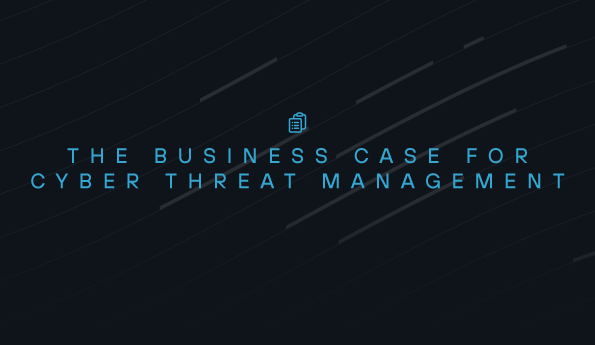Using SASE to reduce your attack surfaces
Cyberattacks aren’t stopping anytime soon, and digital transformation coupled with the rise of remote work create new opportunities for attackers to exploit. Specifically, these changes greatly affect network security, opening potential attack surfaces that didn’t exist in the traditional, perimeter-bound network.
Secure Access Service Edge (SASE) solves many such problems, enabling organizations to secure their internet and remote resource access while addressing key attack vectors. Let’s explore how SASE helps reduce attack surfaces across the network and remote workforces.
SASE use cases: Reducing attack surfaces
Because of the multiple network security tools it entails, SASE covers several prominent vectors attackers use to target organizations.
Vulnerable ports / VPNs
Publicly exposed RDP ports and insecure or otherwise vulnerable VPN connections give attackers remote access to the corporate network. From there, they can make their way into critical systems and databases to wreak havoc and steal data.
Instead of relying on these traditional and often exploitable methods, SASE replaces them altogether. Connecting to localized Points of Presence (PoPs) over the internet, SASE creates always-on, secure tunnels that enable remote access without any common pitfalls of VPNs and RDP. With these, remote workers don’t have to log in every time they connect to resources; they’re secured from square one.
Additionally, SASE connections can be configured to enforce conditional access, restricting resource access based on user, geolocation, IP ranges, and more. That way, even if a user’s identity is compromised, it cannot access network resources when it doesn’t meet the criteria configured by the organization.
Malicious websites / links
Many modern attack techniques revolve around malicious websites: business email compromise (BEC), SEO poisoning, QR spoofing, and more. Upon reaching these sites, users can download or otherwise interact with an attacker’s weapons and compromise their systems.
SASE features multiple built-in functionalities including content filtering and Secure DNS. Using these, organizations establish lists of approved websites and known malicious domains. When a user clicks on malicious links, SASE blocks the site by default or according to preset policies. This prevents drive-by downloads, password phishing, and other key attack types. It also stops the use of non-work or adult sites, such as gambling or pornography, which are often associated with malicious pop-ups.
Man-in-the-Middle (MitM) / Traffic snooping
Unsecured, public Wi-Fi may be convenient for remote workers on the go, but it comes with major security risks. Hackers can use these connections to perform MitM attacks and steal internet traffic data, consisting of anything from passwords to intellectual property and development data.
SASE protects these connections, rendering traffic invisible to onlookers. That way, remote workers can connect to Wi-Fi sources that may be compromised without exposing themselves to attacks.
Lateral movement
If attackers sneak into a network, they can move between their initial access point and other areas. Lateral movement can lead to the compromise of data and production environments, enabling bad actors to dig deeper into an organization.
SASE is one of the premier solutions for implementing identity-driven access control, leading to a zero trust networking access (ZTNA) approach. With ZTNA, employees are only granted access to the bare minimum of resources they need to effectively do their jobs. In the case an identity is compromised, SASE limits how that identity can be used to attack the organization and cuts down the attacker’s lateral movement.
Learn more
These are only a handful of ways organizations can use SASE to secure their network and remote workers. Learn more about the benefits of SASE by seeing it in action. Book a free demo today.
See Todyl in Action
Learn how you can protect what you built.
Stay on the Cutting Edge of Security
Subscribe to our newsletter to get our latest insights.




